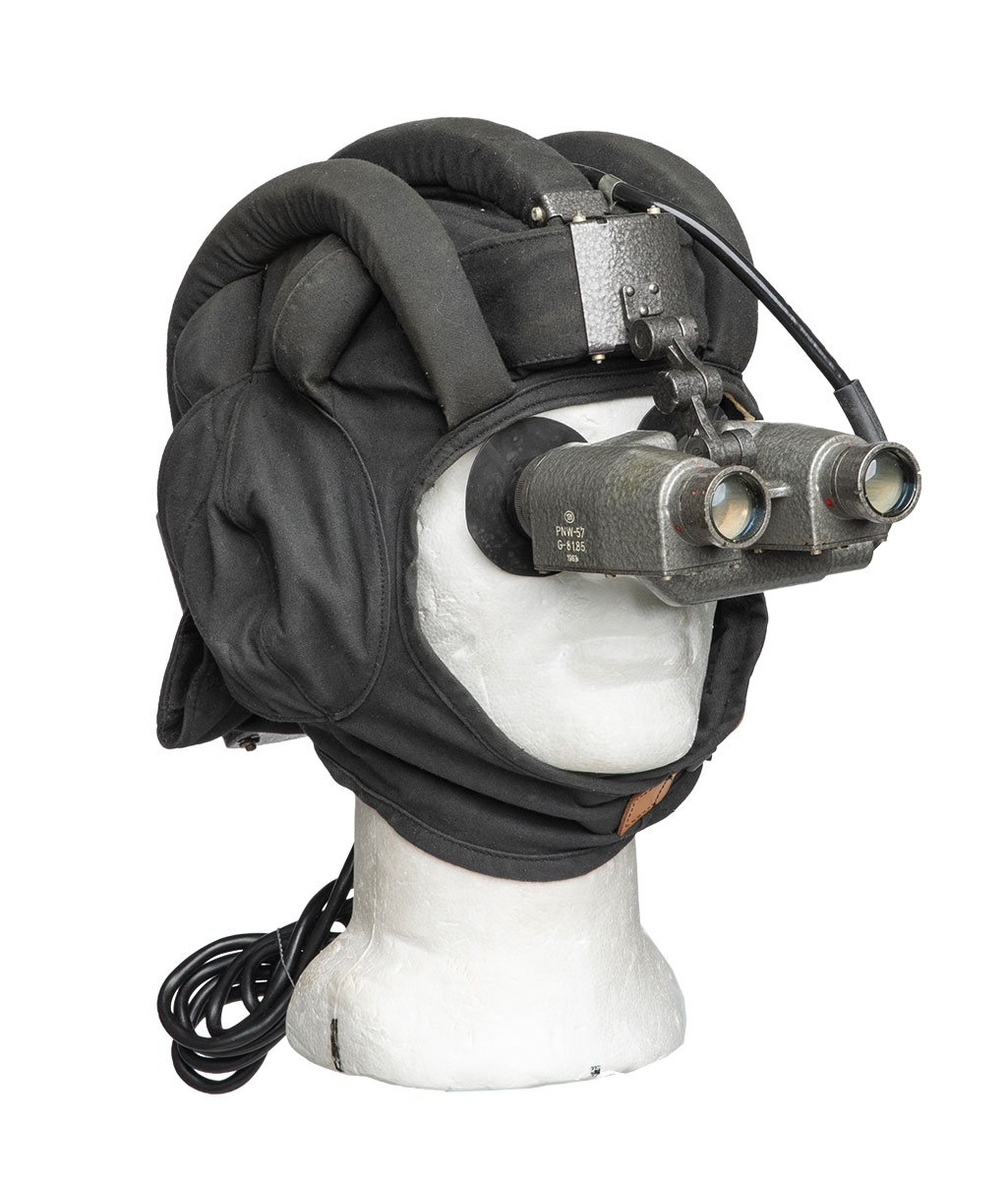Role of Night Vision Goggles in Search and Rescue Missions
Night vision goggles play a crucial role in search and rescue missions, providing essential capabilities and advantages to rescue teams:
1. Enhanced Visibility in Low-Light Conditions: Night vision goggles enable search and rescue personnel to operate effectively in low-light or no-light environments. They amplify available light, providing clearer visibility and allowing rescuers to navigate through challenging terrains, dense forests, or disaster-stricken areas during nighttime.
2. Target Detection and Identification: Night vision goggles improve the ability to detect and identify targets, such as lost or injured individuals, in difficult-to-see conditions. They help rescuers locate survivors even in areas with limited visibility, such as dense vegetation, wreckage, or dark bodies of water.
3. Rapid Response in Time-Sensitive Situations: Night vision goggles enable search and rescue teams to respond swiftly during time-sensitive situations, such as locating missing persons or rescuing injured individuals at night. They provide rescuers with a tactical advantage, reducing search times and increasing the chances of successful outcomes.
4. Safety and Efficiency: Night vision goggles enhance the safety and efficiency of search and rescue operations by minimizing the risks associated with poor visibility. They enable personnel to navigate hazards and obstacles more effectively, reducing the likelihood of accidents and injuries during nighttime operations.
Challenges and Benefits of Using Night Vision Goggles for Search and Rescue
Using night vision goggles for search and rescue missions presents both challenges and benefits:
1. Environmental Factors: Night vision goggles may be affected by certain environmental factors, such as rain, fog, or smoke, which can reduce visibility. Adverse weather conditions can limit the effectiveness of the goggles and pose challenges to search and rescue operations. However, in clear or slightly challenging conditions, night vision goggles provide a significant advantage in low-light situations.
2. Limited Depth Perception: Night vision goggles may provide limited depth perception, making it more challenging for search and rescue personnel to accurately judge distances and terrain features. This limitation should be considered and compensated for during operations, with additional caution and reliance on other techniques like using landmarks or GPS.
3. Increased Search Area Coverage: Night vision goggles allow search and rescue teams to extend their search capabilities into the night, effectively doubling the operational time. This increases the coverage area and the likelihood of locating individuals in need of assistance, especially when time is of the essence.
4. Improved Safety for Rescuers: Night vision goggles minimize the risks for search and rescue personnel operating in low-light environments. They enhance safety by providing clear visibility of potential hazards, ensuring that rescuers can navigate and operate more efficiently, reducing the chances of accidents or injuries.
Training Requirements for Search and Rescue Personnel Using Night Vision Goggles
Proper training is essential for search and rescue personnel to effectively and safely utilize night vision goggles:
1. Night Vision Goggle Operation: Search and rescue personnel should receive training on the operation and maintenance of night vision goggles. They should become familiar with the features, controls, and limitations of the goggles to optimize their use during missions.
2. Navigation and Orientation: Training should include navigation techniques specific to low-light or no-light conditions. Personnel should be proficient in map reading, compass use, and GPS navigation to ensure accurate movement and orientation during search and rescue operations.
3. Target Identification and Recognition: Search and rescue personnel should undergo training to effectively identify and recognize targets using night vision goggles. This includes differentiating between humans, animals, and other objects in low-light environments to avoid false positives or unnecessary risks.
4. Communication and Team Coordination: Training should emphasize effective communication and team coordination while using night vision goggles. Clear and concise communication is crucial in low-light environments to ensure smooth coordination between team members and optimize search and rescue efforts.
Success Stories of Search and Rescue Operations Using Night Vision Goggles
Numerous success stories highlight the effectiveness of night vision goggles in search and rescue operations:
1. Lost Hiker Recovery: Night vision goggles aided in locating a lost hiker deep in a dense forest during the night. The goggles allowed search teams to navigate through the thick vegetation and quickly locate the distressed hiker, leading to a successful rescue.
2. Disaster Response: Night vision goggles were instrumental in the aftermath of natural disasters like earthquakes or hurricanes. They enabled search and rescue teams to locate survivors trapped in collapsed buildings or debris when visibility was limited due to darkness or dust.
3. Water Rescue: Night vision goggles have been used successfully in water rescue operations, allowing teams to locate and rescue individuals in dark bodies of water or during nighttime boating accidents. The goggles provide clear visibility, enabling rescuers to navigate and locate victims more efficiently.
4. Mountain Rescue: Night vision goggles have aided in the successful rescue of climbers stranded on mountainsides during the night. The goggles provided clear visibility, allowing search and rescue teams to navigate treacherous terrain and locate stranded climbers, ensuring their safe recovery.
